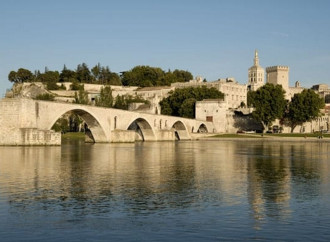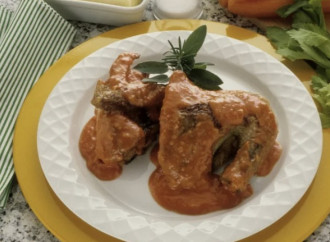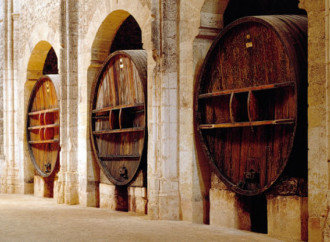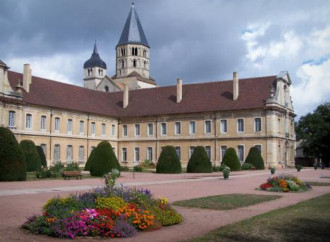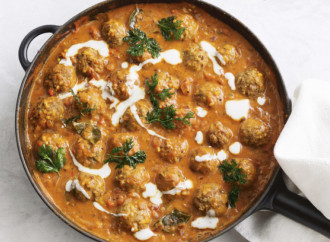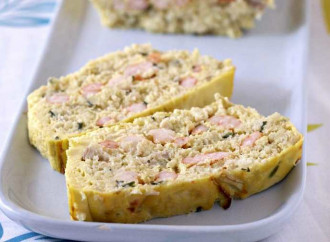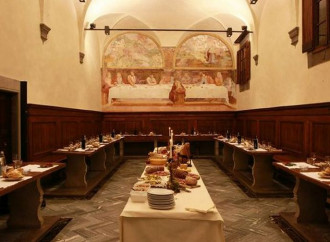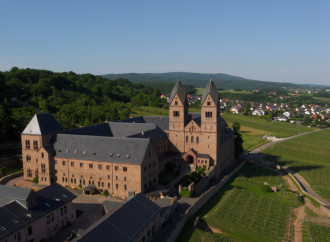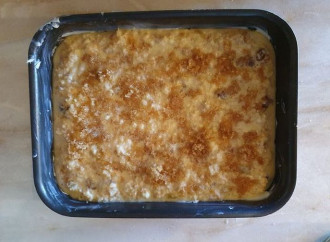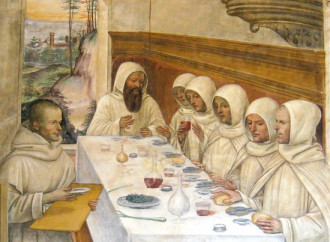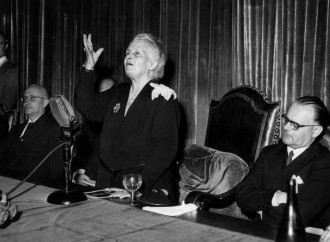The popes’ penchant for wine (especially the Avignon popes)
Today the Vatican has the highest per capita consumption of wine in the world, but the link between the popes and wine has roots dating back to the 13th century. Above all, it was during the Avignon period that successive popes greatly boosted the development of vine varieties and the production and consumption of wine.
- THE RECIPE: BOEUF GARDIAN
Wine in the abbey: for God and hospitality
Wine is the Christian drink par excellence, necessary for the liturgy, but also for hospitality, which explains why monks played such an important role in the expansion and improvement of viticulture, especially after the great barbarian invasions that ruined the immense Roman vineyard: Champagne, Cirò, Greco di Tufo, Riesling, Bardolino, Valpolicella and Lacrima Christi. The monks also have the merit of improving cultivation techniques and introducing the standalone row.
- THE RECIPE: PHEASANT IN RED WINE
New foods from America spice up baroque monastery cuisine
During the two centuries following the discovery of the Americas, monastery dishes had been enriched with tomato sauces, pasta and bean soups, turkey stews with wine, roast peppers with garlic, corn soup, pineapple cakes, chocolate biscuits and many other delicacies. But the monks' recipes also contained medicinal herbs and spices: Louis XIV had one copied.
- THE RECIPE: MEATBALLS IN PEPPER SAUCE
Shrimp and pike, Saint Francis’ favourite dishes
Contrary to what many people think, St Francis of Assisi was not a vegetarian and invited his friars to use “all foods people eat”. But his favourite dish was shrimp pie, and he also loved some sweets such as almond ‘mostaccioli’.
- THE RECIPE: SAINT FRANCIS’ SHRIMP AND PIKE PIE
Health comes from nature, Hildegard’s lesson
Saint Hildegard of Bingen, who lived in the 12th century, was one of the most complex and eclectic figures in history, not only of the Church. She was also a herbalist and naturalist and left a large number of recipes based on herbs, grains, spices, seeds, capable of restoring the balance between soul and body.
- THE RECIPE: CINNAMON BISCUITS
LEFTOVER BREAD CAKE
One of the many recipes born in the monasteries is for leftover bread cake, an example of a clever way of making the most of all the food available and avoiding waste.
You want to learn about tasty and healthy eating? Get thee to a monastery
The secret of a healthy and tasty cuisine that avoids the cardinal sin of gluttony was already found in the Rule of St Benedict and also features in the work of St Hildegard of Bingen. Hundreds of recipes created in European monasteries have now become commonplace: vegetables, charcuterie, cheese, but also sweets and beers and liqueurs. The monastic culinary tradition is still very much alive and hundreds of monasteries in Europe and the USA sell their products online.
- THE RECIPE: LEFTOVER BREAD CAKE
Montessori, an “educative method” that does not educate
On August 31, 1870, 150 years ago, Maria Montessori was born in a little town in Central Italy. She was a doctor, a pedagogist, a child neuropsychiatrist, educator and philosopher, a committed feminist, and is universally known for the educative method based on spontaneity that bears her name. There are more than 20,000 schools named after her throughout the world, above all in the United States, Germany, and Great Britain. The author of numerous essays, she nearly won the Nobel Peace Prize. But in reality the Montessori approach is destructive for the education.

